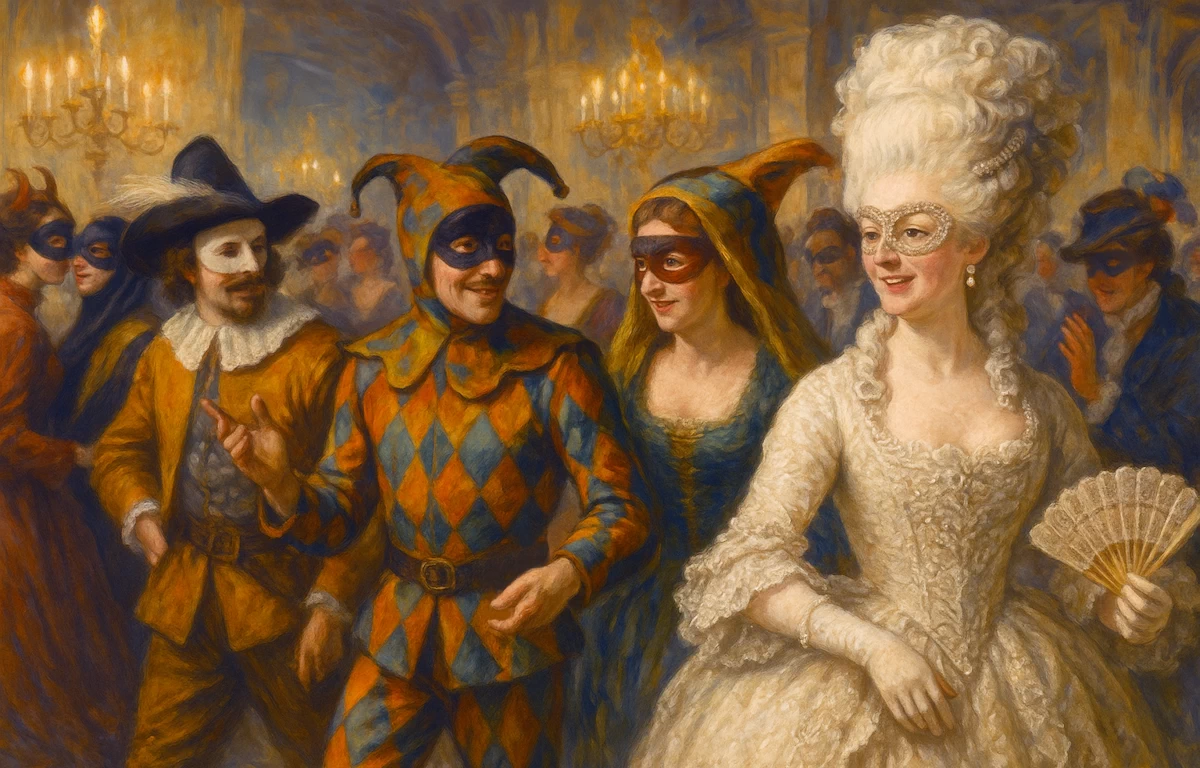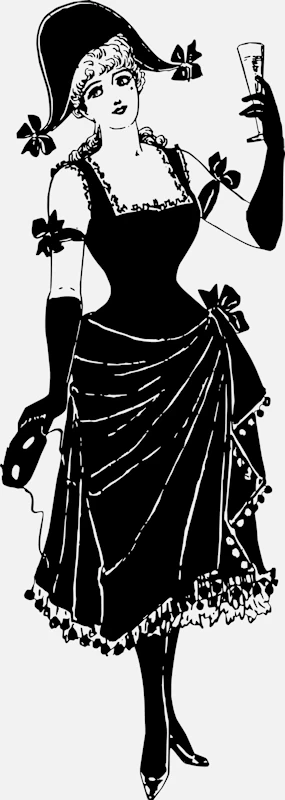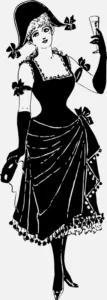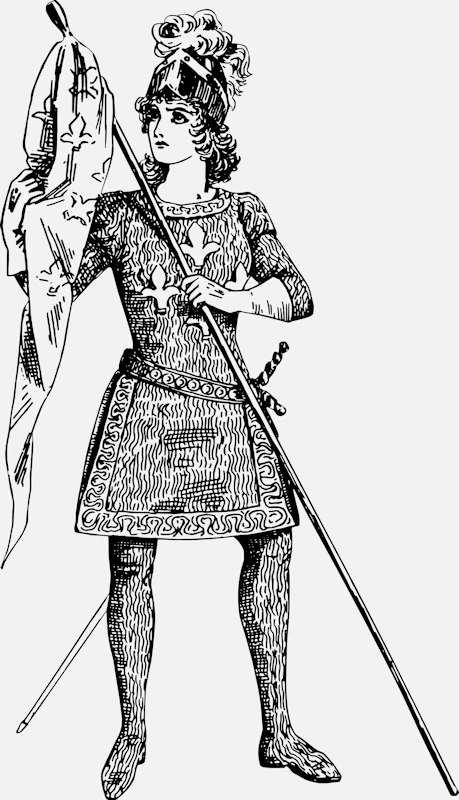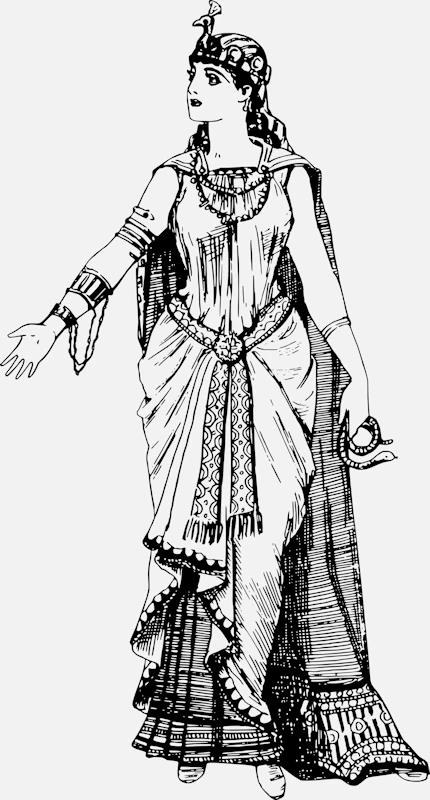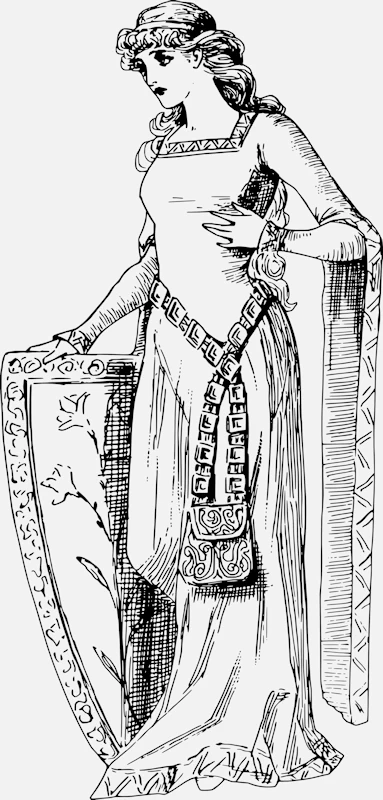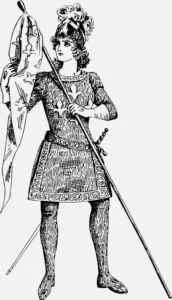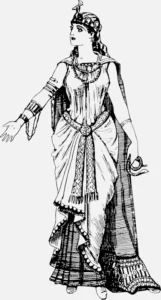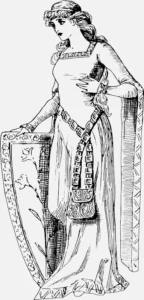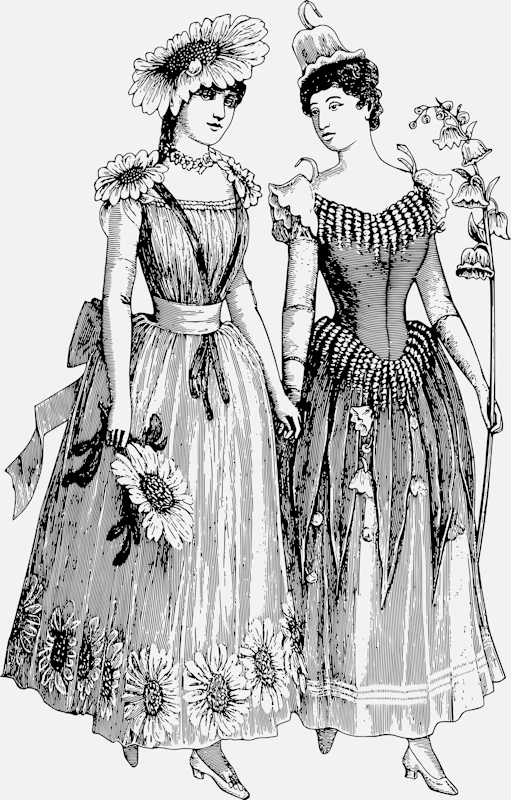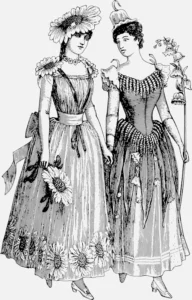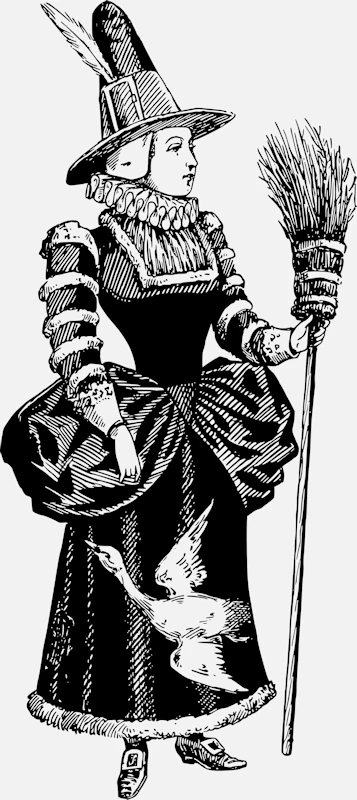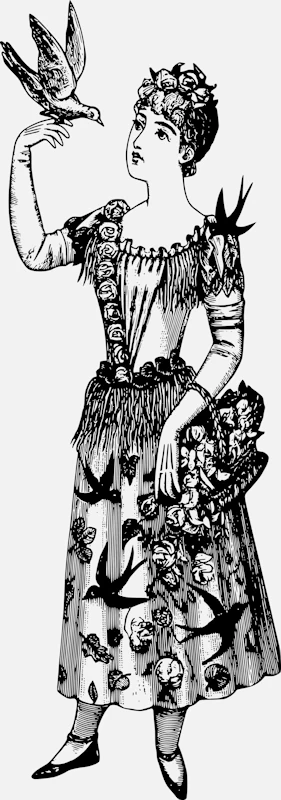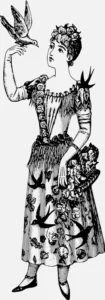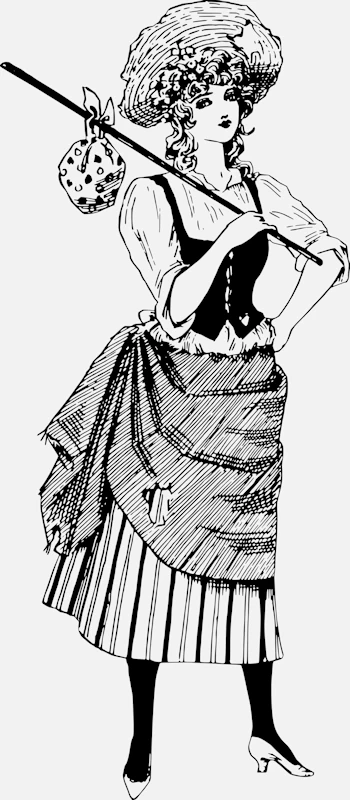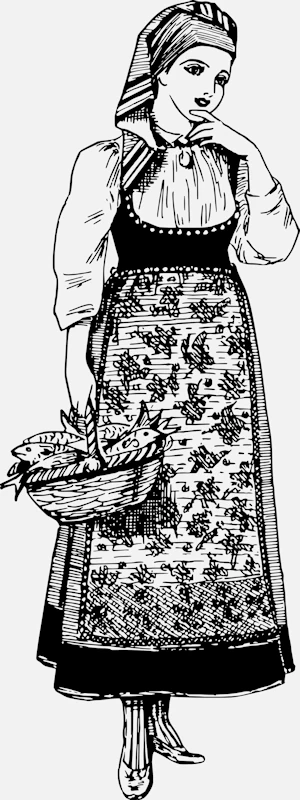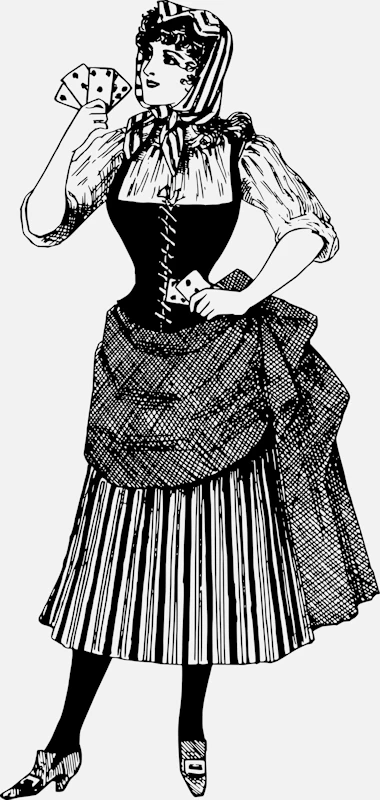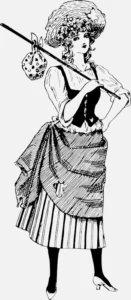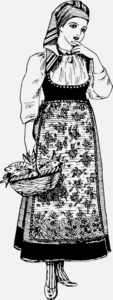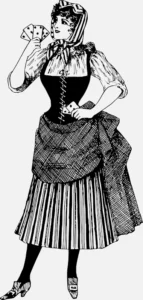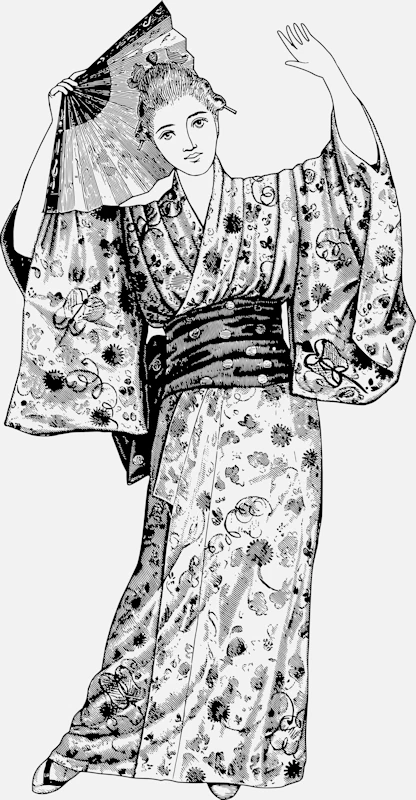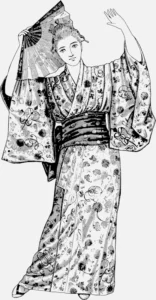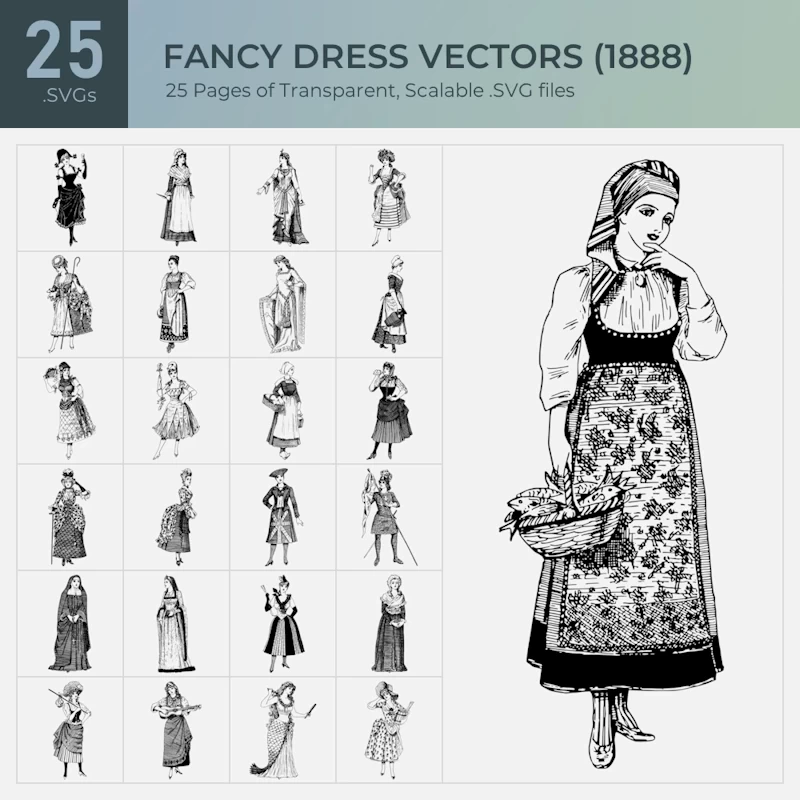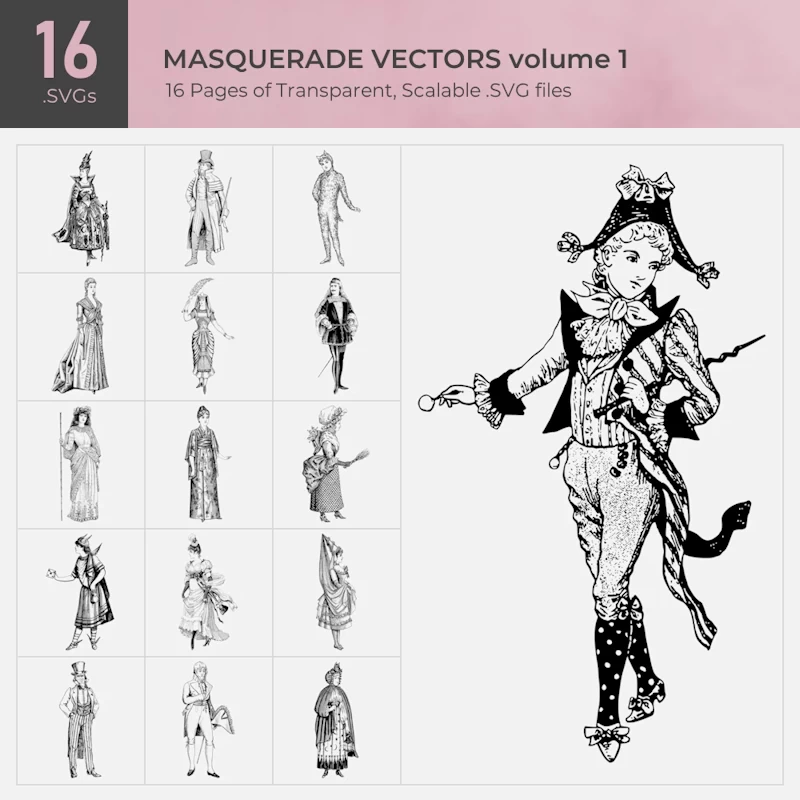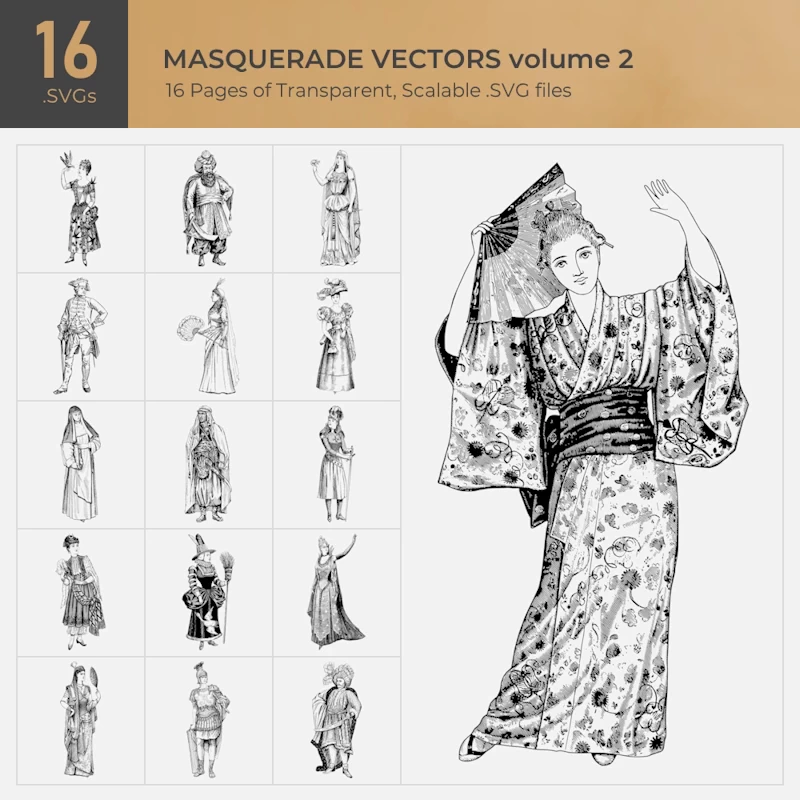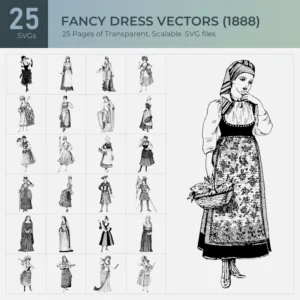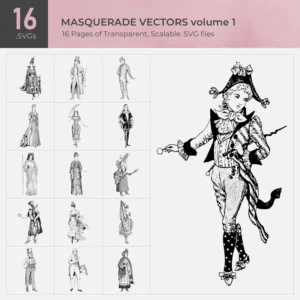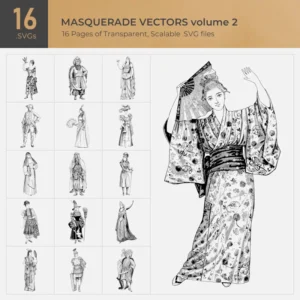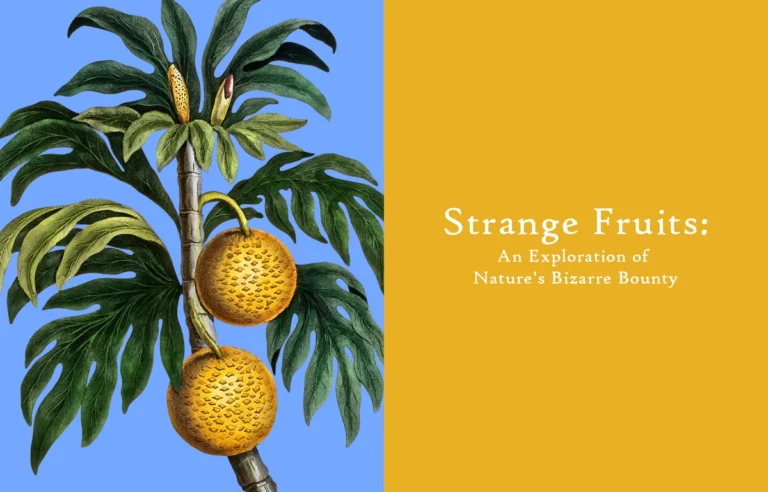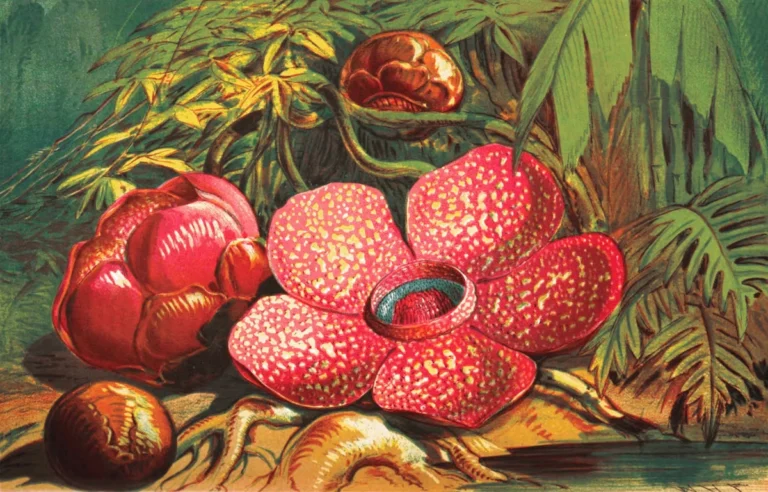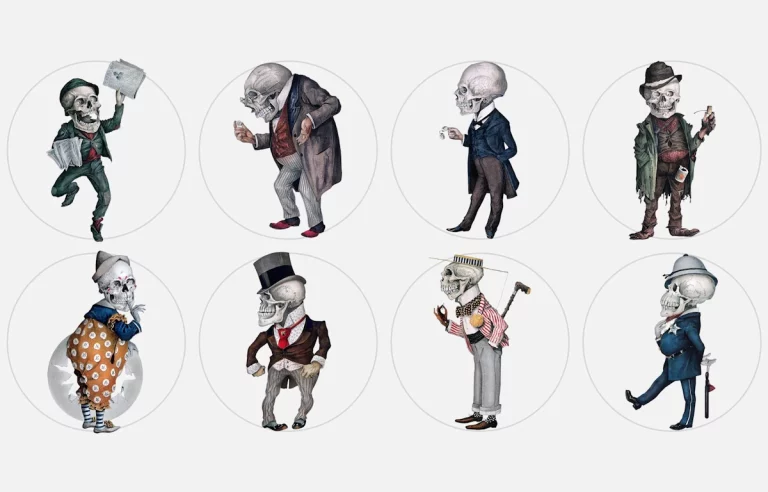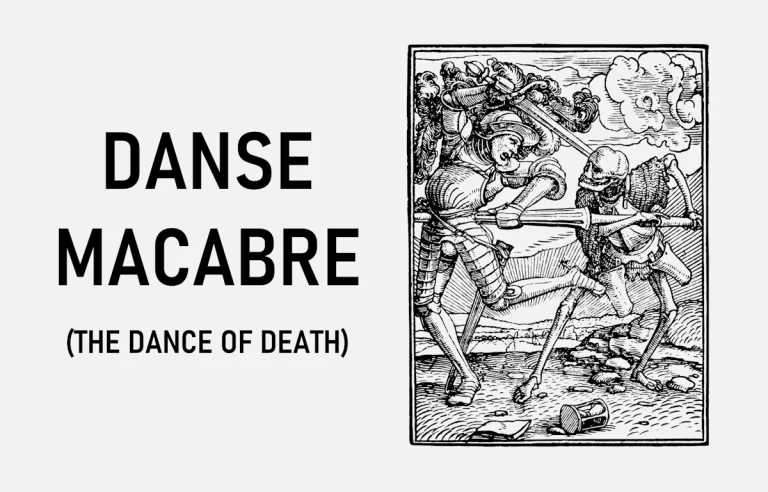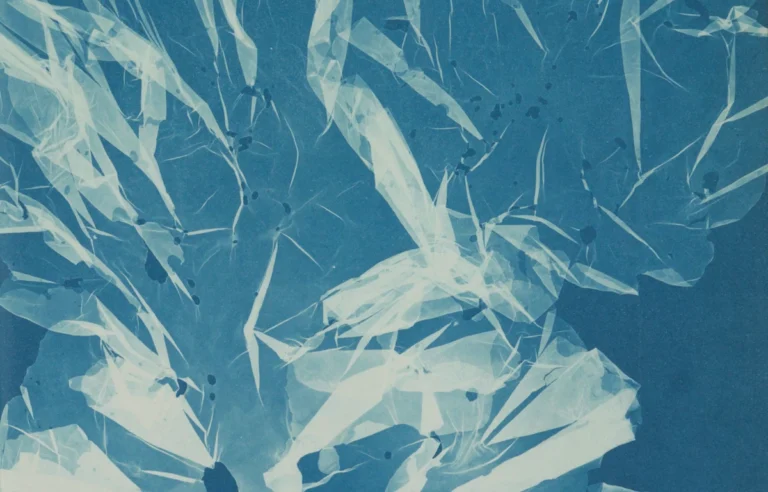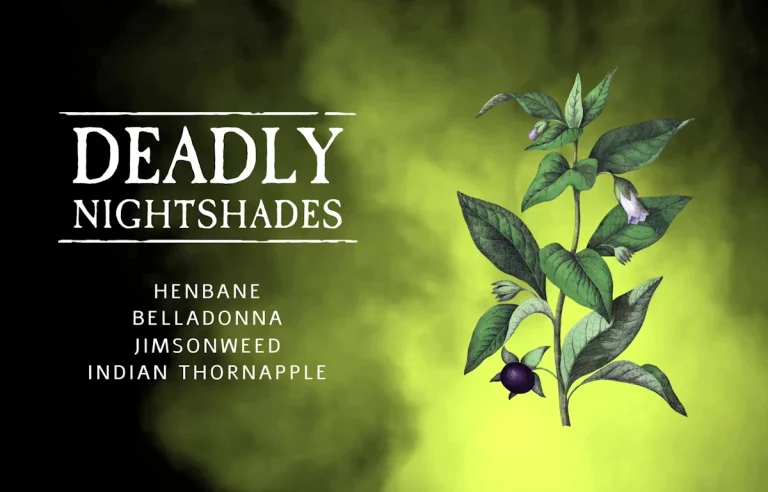The Magic of Masquerades: 19th-Century Costume Parties
The grand ballroom glowed with golden candlelight, illuminating a sea of extravagant costumes. A woman in a Grecian gown laughed behind her delicate lace mask as a man in a powdered wig and velvet coat swept her into a dance. For one night, the rules of Victorian society melted away, replaced by a world of fantasy, mystery, and playful deception. Welcome to the world of 19th-century masquerade balls, where fashion was more than just clothing—it was a statement of intelligence, creativity, and social standing.
Dressing to Impress: The Power of Costumes
In the late 1800s, costume parties weren’t just lighthearted fun; they were an opportunity to impress. Whether attending a grand masquerade ball or a themed carnival, the right costume could showcase a person’s historical knowledge, artistic taste, and even political views. Unlike today, where you can buy a ready-made outfit, 19th-century revelers had to craft their costumes by hand, often reworking old garments into elaborate new creations. The effort paid off—being the most dazzling, creative, or historically accurate guest could earn admiration and social prestige.
Popular Costumes: From Historical Figures to the Truly Bizarre
Victorian costume parties drew inspiration from history, literature, and mythology. Attendees loved dressing as medieval knights, Renaissance queens, and characters from Shakespearean plays. But some took things a step further, embracing the Victorian obsession with science and exploration. People transformed themselves into comets, steam engines, and even the newly discovered dinosaurs!
One particularly striking costume was the ‘Electricity’ dress, designed to mimic the mysterious power lighting up modern cities. Women adorned their gowns with metallic thread and carried small electric lights (or, more often, painted wooden versions). Another eccentric option was the ‘Living Chess Piece,’ where guests dressed as life-sized pawns and bishops, ready to reenact famous matches.
Some costume choices were bold statements. Women who dressed as Joan of Arc or Queen Elizabeth I weren’t just wearing historical outfits—they were embodying powerful, independent women at a time when female empowerment was a controversial topic.
The Books That Guided the Way: Wandle and Weldon’s Costume Manuals
Two books from the late 19th century helped partygoers craft their perfect disguises: Masquerade and Carnival: Their Customs and Costumes (1892) by Jennie Taylor Wandle and Weldon’s Practical Fancy Dress for Ladies (1888) by Walter Weldon. These guides didn’t just suggest costume ideas; they offered step-by-step instructions, helping even those with modest means create showstopping looks.
Masquerade and Carnival: A Peek into Victorian Party Life
Jennie Taylor Wandle’s book, published by the famous Butterick Publishing Company, was more than a costume guide—it was a glimpse into the extravagant social world of the time. Wandle described themed events like Japanese-inspired tea parties and the whimsical ‘Waxwork Collection,’ where guests stood frozen in elaborate costumes, imitating lifelike statues.
The book also encouraged authenticity. Rather than throwing together a simple costume, Wandle urged readers to research their characters. A woman dressing as Marie Antoinette, for instance, was advised to consider not only the powdered wig and brocade gown but also the political undertones of the ill-fated queen’s image.
Among the most captivating costumes featured in Masquerade and Carnival is “Spring.” This ensemble celebrates the season with a dress festooned with delicate birds and flowers, and the wearer holds a small bird in her hand as a playful finishing touch. It is a vision of renewal and natural beauty, a walking embodiment of springtime itself. Another striking option is the depiction of “Joan of Arc.” Pictured in chainmail armor with a skirt and gripping a sword, this costume allowed women to channel the courageous French heroine, an image both empowering and defiant. Meanwhile, the “Mother Goose” costume brings a touch of whimsy. The illustration shows a woman dressed in a pilgrim-style outfit with a pointed hat, her dress adorned with goose motifs. It is a playful nod to the beloved nursery rhyme figure, blending childhood nostalgia with festive creativity.
Weldon’s Practical Fancy Dress: Costumes on a Budget
Walter Weldon’s Practical Fancy Dress for Ladies took a different approach, catering to those who wanted affordable, easy-to-make costumes. He provided clever advice on repurposing household fabrics and trimming existing garments to create stunning transformations. Weldon’s practical tone made his book accessible to a broader audience, allowing more women to participate in the spectacle of fancy dress.
One of the most charming and distinctive costumes featured in Weldon’s guide is the “Norwegian Fish Girl.” This outfit reflects Scandinavian coastal life, with the wearer donning a headscarf and carrying a basket of fish. It suggests a romanticized view of folk culture while offering a simple yet recognizable costume idea. Another captivating character is the “Gipsy,” portrayed in a corset and holding a deck of playing cards. This costume embodied the Victorian fascination with the exotic and the mysterious. In a similar vein, the “Mascotte” costume reflects a more ragtag, theatrical take on the gipsy theme. The wearer, dressed in tattered clothing and carrying a hobo-style bindle, evoked the spirit of wandering performers and folk tales.
More Than Just a Party: The Social Impact of Costume Balls
Masquerades and fancy-dress balls weren’t just about escapism; they played a crucial role in Victorian social life. These events allowed people to temporarily step outside the rigid expectations of class and gender. Women, in particular, used costume parties as a way to explore roles they couldn’t embody in everyday life. Dressing as a warrior, a queen, or even a mythical creature allowed them to break free—if only for a night.
Even within the upper class, costume choices could send subtle messages. A man dressed as a Shakespearean prince might be signaling his sophistication and education, while a woman in an elaborate fairy costume could be showing off her delicate femininity. Every detail mattered, from the choice of fabric to the accessories that completed the look.
From Victorian Masquerades to Modern Cosplay
Though we no longer attend masquerades with the same formality as the Victorians, their love of costume play lives on in modern traditions. Renaissance fairs, themed parties, and even cosplay at conventions continue the practice of using fashion as a form of self-expression and creativity.
So next time you dress up for Halloween or a costume party, remember—you’re participating in a tradition that’s been enchanting people for centuries! And if you want to truly embrace the spirit of 19th-century fancy dress, why not try recreating a historical costume using some old-fashioned ingenuity? You might just steal the show, Victorian style.


